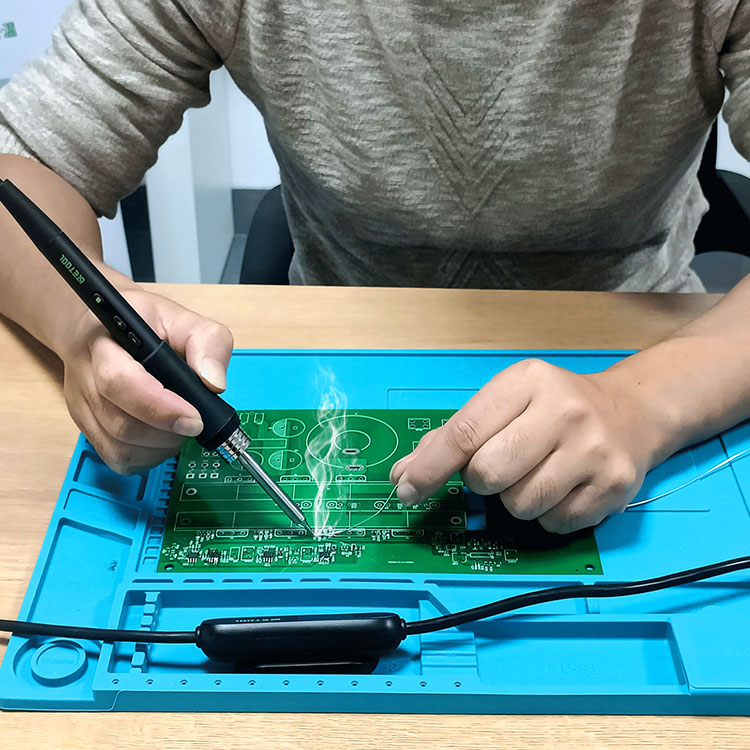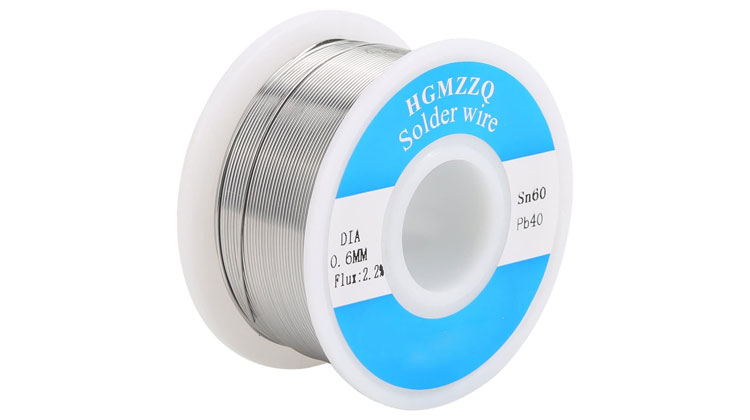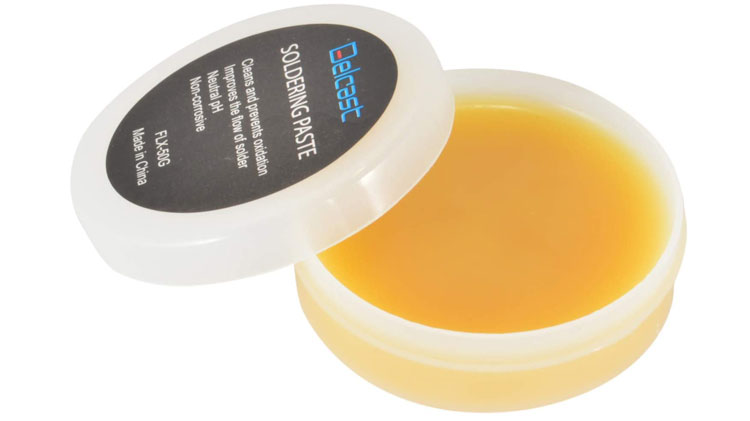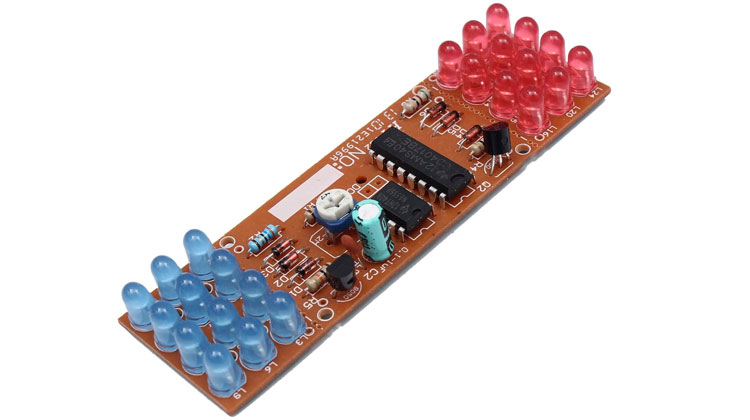Soldering and welding are two common processes used to join metal components, but they are not the same. While both processes involve melting and fusing metal, there are several key differences between soldering and welding, which make them unique and suited to different applications.
One of the most significant differences between soldering and welding is the temperature at which the metal is melted. In soldering, the metal is melted at a relatively low temperature, typically between 180 and 220 degrees Celsius. This is accomplished using a soldering iron or a soldering torch, which applies heat directly to the joint.

In contrast, welding involves melting the metal at much higher temperatures, typically between 1,500 and 3,500 degrees Celsius. This is accomplished using a welding machine, which uses an electric current or a gas flame to generate heat.
Another key difference between soldering and welding is the type of metal used. In soldering, the metal is typically a type of low-melting-point alloys, such as tin-lead or tin-silver. This type of metal is designed to melt at a low temperature, making it suitable for use with a soldering iron or torch.

In welding, the metal is typically a type of high-melting point alloys, such as steel or aluminum. This type of metal is designed to melt at a high temperature, making it suitable for use with a welding machine.
The third key difference between soldering and welding is the strength of the joint. In soldering, the joint is typically not as strong as a welded joint, as the low-melting-point metal does not bond well to the base metal. As a result, soldered joints are generally not as strong or durable as welded joints and are unsuitable for applications requiring high strength or durability.
In contrast, welding creates a much stronger joint, as the high-melting-point metal bonds strongly to the base metal. As a result, welded joints are generally much stronger and more durable than soldered joints and are suitable for applications that require high strength or durability.
Overall, while soldering and welding are both processes used to join metal components, several key differences make them unique and suited to different applications. Soldering is a low-temperature process that uses a soldering iron or torch to melt a low-melting-point metal, resulting in a joint that is not as strong or durable as a welded joint. In contrast, welding is a high-temperature process that uses a welding machine to melt a high-melting-point metal, resulting in a much stronger and more durable joint than a soldered one.
Despite the differences between soldering and welding, there are also some similarities between the two processes. For example, both soldering and welding involve melting and fusing metal to create a joint. The metal is melted using heat in both cases, and the resulting joint is strong and durable.
Another similarity between soldering and welding is the use of flux. Flux is a chemical agent applied to the joint before heating and helps clean and prepare the metal for soldering or welding. Flux helps to remove any contaminants or oxides from the metal, which can affect the quality of the joint.

In addition, soldering and welding can join a wide range of metal components, including wires, pipes, and sheets. Both processes can be used to create strong and durable joints and can be used in various applications, including electronics, plumbing, and construction.

While soldering and welding are different processes suited to different applications, they also have some similarities. Both involve melting and fusing metal to create a joint, using heat and flux to prepare the metal for joining. Understanding the differences and similarities between soldering and welding allows you to choose the right process for your application and create strong and durable joints.
Despite the differences between soldering and welding, there are also some situations where the two processes can be used together. For example, it is common to use soldering to create a preliminary joint and welding to strengthen and reinforce the joint. This can be especially useful in applications where the joint needs to be strong and durable but also easy to disassemble or repair.
In addition, some welding processes, such as brazing and braze welding, use a similar low-temperature technique to soldering. In these processes, a low-melting-point metal, such as brass or bronze, is used to create a strong and durable joint that can also be easily disassembled or repaired.
In conclusion, while soldering and welding are different processes, they can sometimes be used together to create strong and durable joints in a variety of applications. Understanding the differences and similarities between soldering and welding allows you to choose the right application process and create reliable and long-lasting connections.
Contact: Mr. Li
Phone: (0086) 138 24254 321
E-mail: atetool@atetool.com.cn
Add: 5F, 1-2# Building, Tongfuyu Industrial Zone, Aiqun Rd, Shiyan Subdistrict, Bao'an, Shenzhen, 518108, China